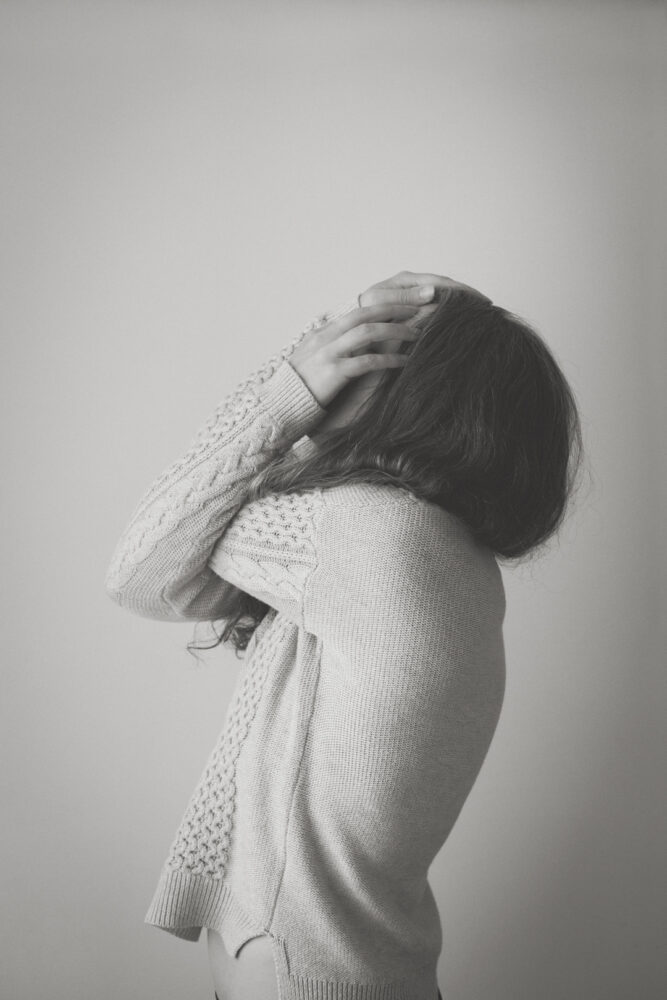I am a person driven by feeling.
Emotion has always been the compass that I have navigated the world by. Feelings help me to process, to understand things that I can’t explain in logic or analytics, or often by words in general.
For the longest time (and even still), the ability to communicate what I feel eludes me. I can’t tell you what kind of movies I like or describe my taste in music because all these things are based on the way I relate and react to them. I seek out the things that evoke an emotional response in me because they speak to me on a level that most other things don’t. I can’t explain the experience of finding something that creates that connection, but I’m constantly looking for it.
I have always been a creatively driven person, from a very early age and I can largely attribute this to the fact that art invites feeling. When I learned to create, I learned to communicate in the language that I know best.
“Art is when a human tells another human what it is to be human”
Adrian Elmer
The earliest memory I have of consciously recognising the ability of art to elicit emotion is from a visit to the National Gallery of Victoria in my late teens. There is a painting held in the permanent collection there by August Friedrich Schenck, titled “Anguish”. The painting portrays a sheep standing by the body of her dead lamb while flocks of crows advance from all around. The anguish on the face of the mother is visually clear, there is no mistaking the accuracy of the depiction, but what caught me was not that I could see the pain, it was that I could feel it. I remember sitting in front of the painting for what felt like hours and just letting the emotion wash over me – the recognition not only of the grief of loss but in the acceptance of the inevitable and the heartbreak of having to let go.
My creative practice is inspired by so many different art forms and their ability to open something inside that I can’t define but that feels like something I can hold on to. Often, it’s the smallest and most unexpected things that I find that connection in. I grew up with stories and poetry and sometimes the structure of the words on a page, the length of the sentences and the flow of the language can inspire me just as much as the words themselves. When I read, I keep a record of things I find that speak to me, frequently I take photos of the page of a book so I can capture not only the text but the way it is visually presented. I have notebooks full of snippets and lines that I refer back to for inspiration, to reinvoke the feelings that play into the creative process.
Art also has the ability to speak into the feelings we already have. Melbourne based pianist and composer Rose Riebl has a piece called “The Other Room” that brought such a strong feeling of nostalgia and familiarity when I heard it that I came back to it for weeks. Later I read her description of the piece being about the hum of voices of her family in the other room just outside of hearing. I grew up as one of four children, our house was always warm with the presence of each other and those memories felt a lot like what I had tapped into through the notes of the song.
In my own work, I am always creating from feeling. I shoot by intuition. I remember being at photography college and not being able to explain why I had chosen a particular technique or composition, often I was utilising recognised visual theory purely by instinct.
I don’t try to capture how something looks, I try to capture how it feels.
Photography is the language by which I can express my experience of life, of being alive and full of oppositions and contradictions and imperfections that make the human experience equally beautiful and painful. It’s how I grow and change and understand the situations I encounter, how I process and find my way. And through that, I hope in some small way I can open that communication to others and give them the opportunity to feel in whatever way the art invites them to.
